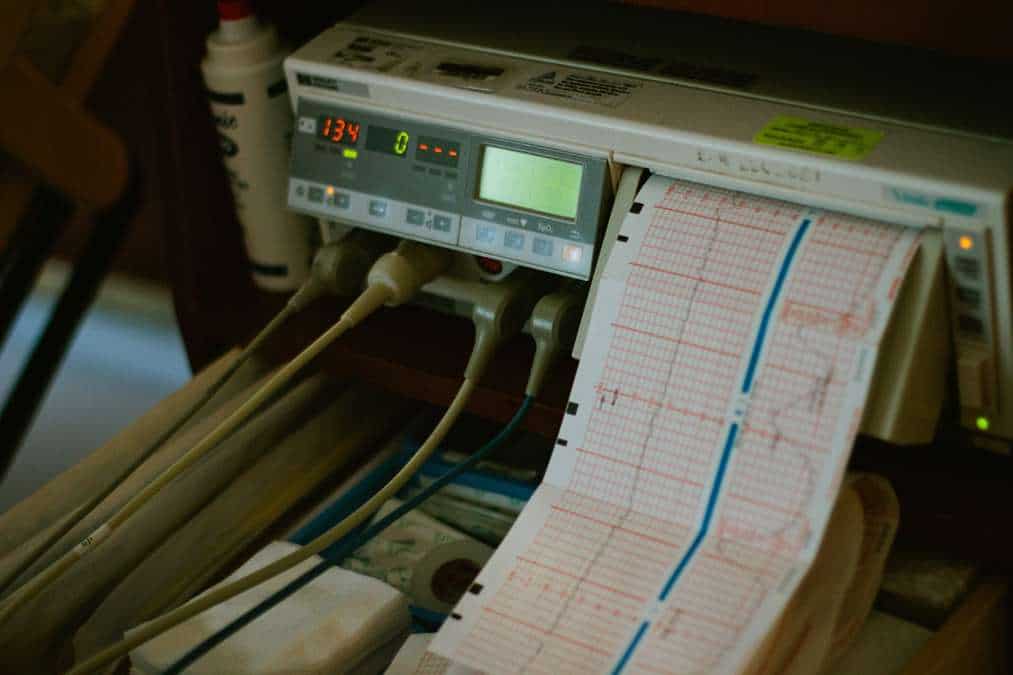Electronic Medical Records are going to be needed in the future. It is important to learn the functions of EMR and how it fits into an office work flow.
1. Patient Charting – Electronic Medical Records
Patient visit information is put into templates or forms; to contain information such as vitals, complaints, medical histories, review of systems, physical exams, etc. Most EMR systems have pick lists, drop-down boxes, handwriting recognition, or voice recognition to accomplish patient charting.
2. Order Communication Systems – Electronic Medical Records
This is often referred to as a Computerized Physician Order Entry (CPOE). This allows the Electronic Medical Records system to communicate information with external systems such as laboratories, imaging centers, hospitals, and pharmacies via Health Level 7 Interfaces. This allows providers to send out lab requests, imaging requests, prescriptions, submit visit charges, and diagnosis codes to the office/billing system.
3. Clinical Decision-Making Support Systems
Alerts, reminders, and recommendations are built into the system allowing automatic clinical decision making with information in the database. It also helps doctors with coding and diagnosis. Many EMR systems provide physicians with a recommended CPT code based off of Evaluation and Management (EM) rules. This allows physicians to bill payers at the highest possible rate for the services performed.
4. Document/ Image Management – Electronic Medical Records
It is important for offices to manage the enormous flow of paper entering their office. Offices are constantly flooded with patient intake forms, referring physician letters, lab reports, and faxes. EMRs allow doctors to access these documents on a intuitive user interface. EMRs provide physicians a way to manage images such as x-rays, MRIs, and ultrasounds.
5. Patient Portal
Personal health records allow patients to access their health record from any computer with a secure internet connection. These programs include features such as appointment scheduling, refill requests, electronic intake forms, record access, outcome assessments and patient education. The patient can also grant other providers access to this information which allows provider-to-provider communication.
6. Statistics and Reporting
Providers can create reports from databases for statistical purposes. This becomes especially useful in the case of drug recalls, health maintenance reminders and disease management.

